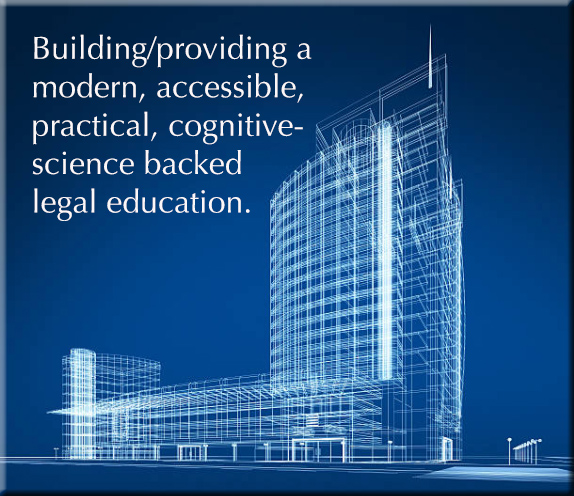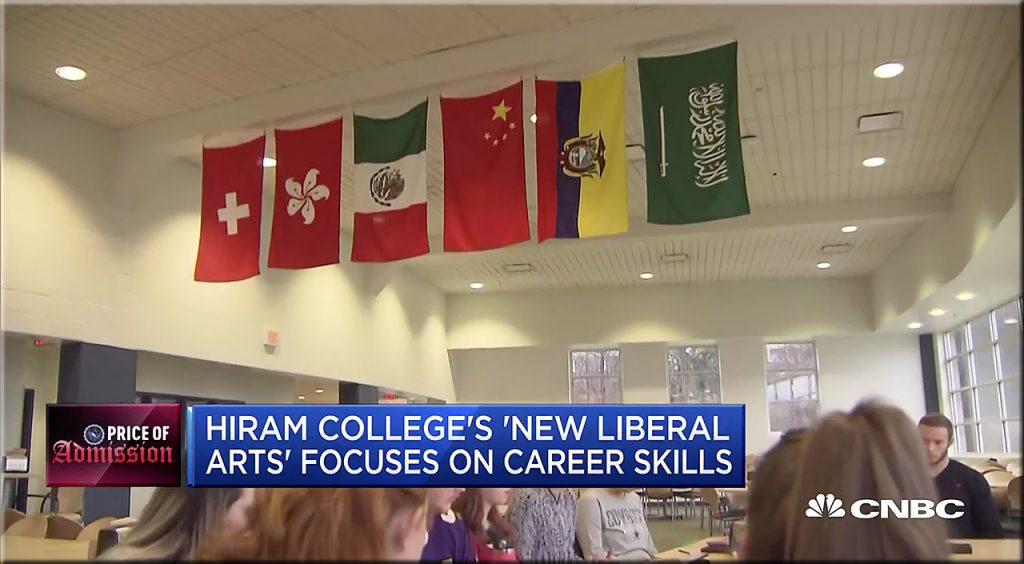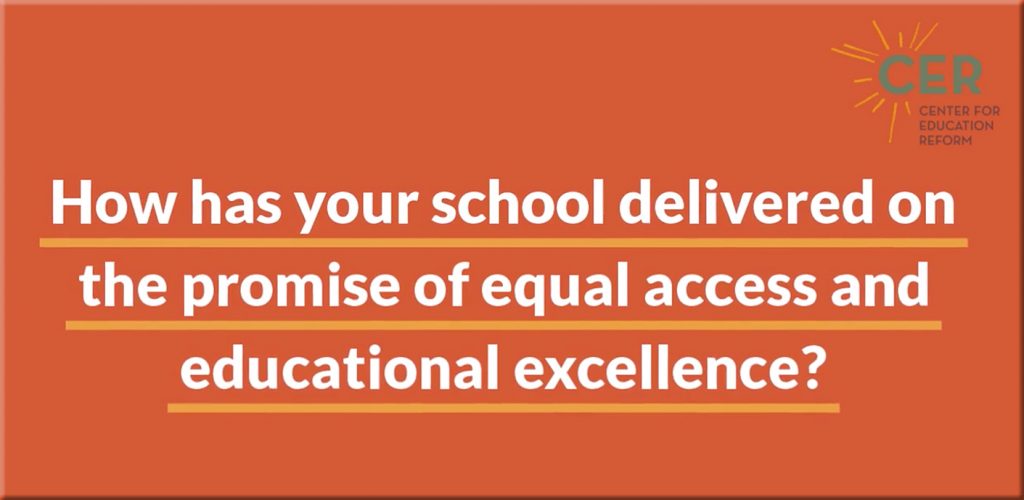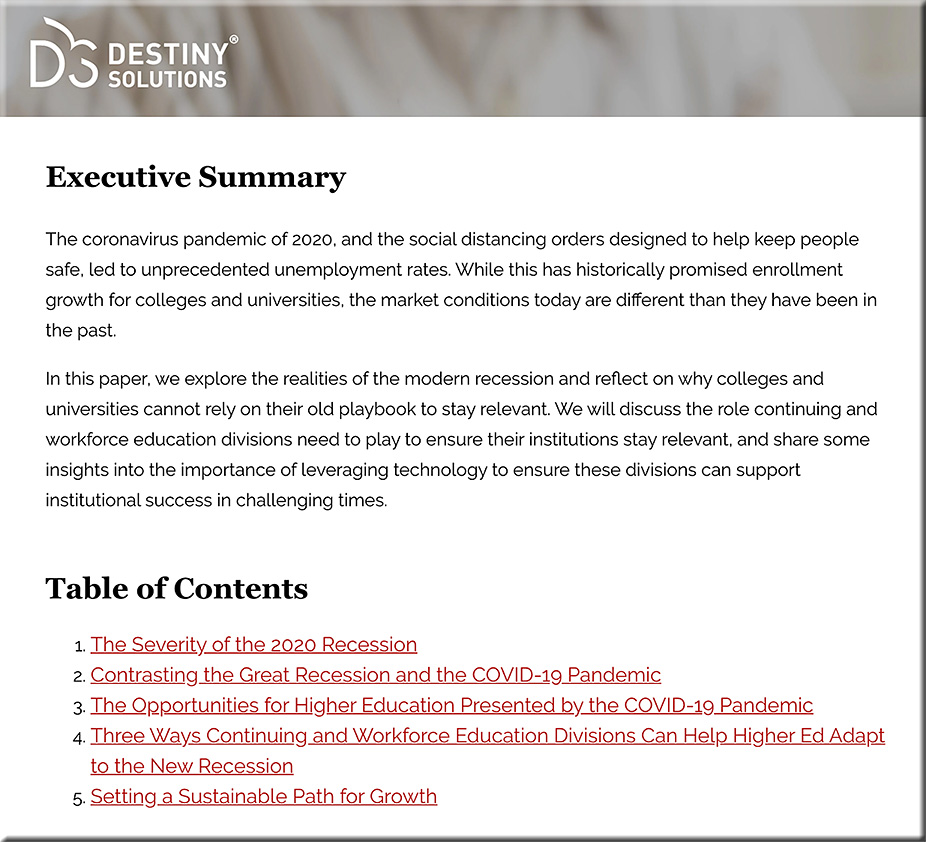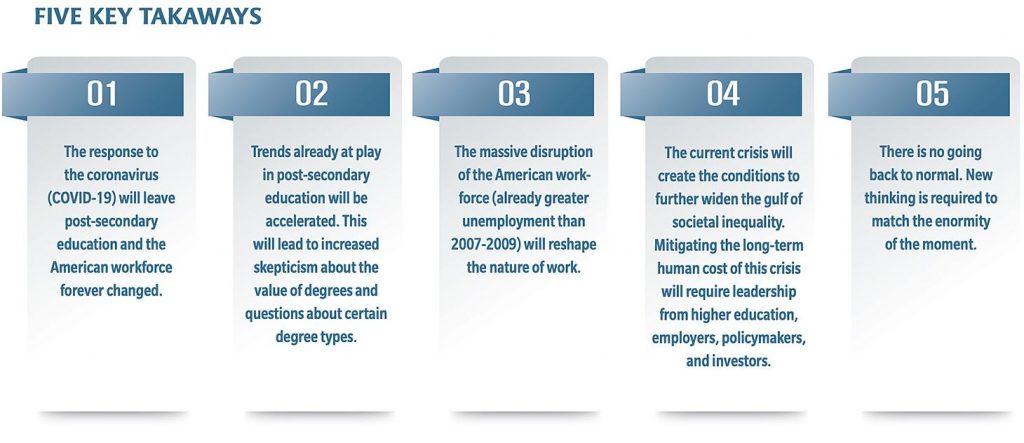Little “e” education: Think small to meet today’s enormous challenges — from chieflearningofficer.com by Becky Takeda-Tinker
With unemployment soaring, many people will need to completely retool or earn new credentials to regain employment — and very short-term training has the ability to equip them with the skills, behaviors and knowledge needed. Postsecondary education has the know-how to step up to meet this immediate need and to help individuals understand how to translate new skills into longer-term prosperity.
Excerpt:
More than 40 million Americans have filed for unemployment during the COVID-19 crisis, while thousands of U.S. companies are still without the workers they need. Many unemployed Americans will need to completely retool or earn new credentials to regain employment — and very short-term training has the ability to equip them with the skills, behaviors and knowledge needed. Americans recognize this, with 59 percent of adults saying that if they were to pursue education in the next six months, they would focus on nondegree programs, including certificates, certifications or single courses to upskill or reskill.
This is what we mean by little “e” education.
Think quick: Short programs, single courses and interactive tools are key to creating solutions for our workforce needs. Education needs to be able to create with the speed of business — and to help both workers returning to education and new learners quickly increase their skills.
…
To help both individuals and companies navigate this critical juncture, institutions must be as nimble as industry is.











